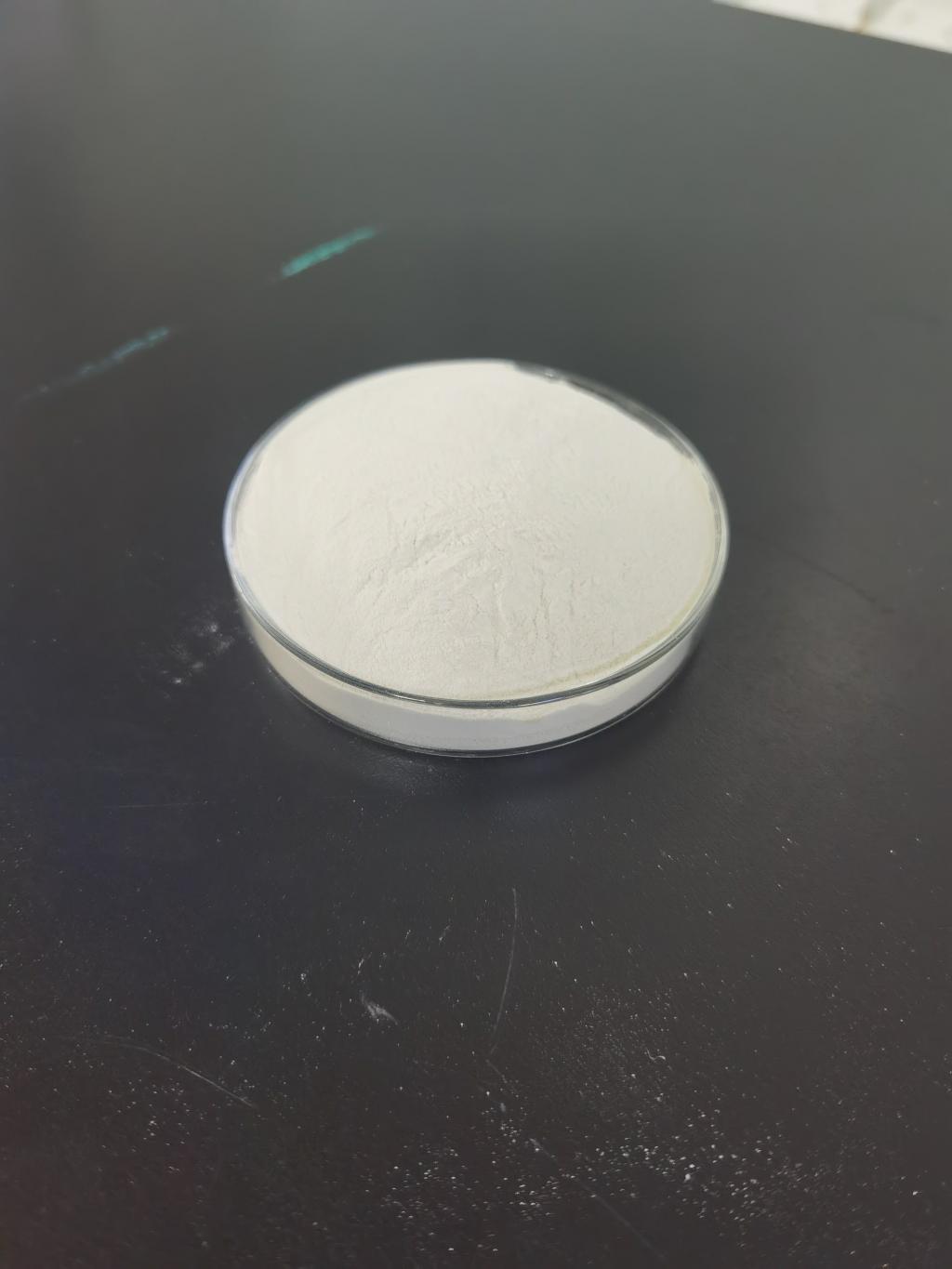Tel:+8618231198596

News
 CONTACT
CONTACT
 CONTACT
CONTACT
- Linkman:Linda Yao
- Tel: +8618231198596
- Email:linda.yao@dcpharma.cn
- Linkman:CHARLES.WANG
- Department:Overseas
- Tel: 0086 0311-85537378 0086 0311-85539701
News
Nisin Unleashed: A Breakthrough in Natural Food Preservation
TIME:2024-01-05
Unveiling the Nature of Nisin:
Nisin, a lantibiotic produced by certain strains of bacteria, is a testament to the wonders of nature's own defense mechanisms. The story of nisin dates back to the early 20th century when its antimicrobial properties were first discovered. This peptide, primarily derived from Lactococcus lactis, acts as a guardian against harmful bacteria, disrupting their cell membranes and thwarting their growth.
The unique structure of nisin, a polycyclic peptide with thioether linkages, contributes to its stability and efficacy. Unlike traditional chemical preservatives, nisin operates on a molecular level, targeting specific types of bacteria while leaving beneficial microorganisms unharmed. This specificity is a key factor in its growing popularity as a natural food preservative.
Mechanisms of Action:
Understanding the mechanisms by which nisin exerts its antimicrobial effects provides insights into its efficacy and selectivity. Nisin's primary mode of action involves binding to lipid II, a precursor molecule involved in bacterial cell wall synthesis. This binding disrupts the cell membrane integrity, leading to leakage of cellular contents and eventual cell death.
Furthermore, nisin has the remarkable ability to form pores in the bacterial membrane, creating channels that further compromise the structural integrity of the targeted bacteria. This dual-action mechanism, combined with its specificity for Gram-positive bacteria, positions nisin as a potent and targeted weapon against foodborne pathogens.
Applications Across Industries:
.
Dairy Industry: The dairy industry has been quick to embrace the benefits of nisin. From cheese production to yogurt manufacturing, nisin plays a crucial role in ensuring the safety and quality of dairy products. Its efficacy against pathogens like Listeria monocytogenes has elevated it to a frontline defense in the battle against foodborne illnesses.
.
.
Meat and Poultry: In the meat and poultry sector, where contamination risks are high, nisin has emerged as a natural safeguard. Its application in meat curing and preservation not only extends shelf life but also addresses consumer concerns about the use of synthetic preservatives.
.
.
Beverage Preservation: Nisin's compatibility with a wide range of pH levels and temperatures has made it a valuable asset in beverage preservation. From fruit juices to soft drinks, its ability to combat spoilage microorganisms without compromising taste has positioned it as a natural alternative to chemical preservatives.
.
.
Canned Foods: The challenges posed by heat-resistant bacteria in canned foods find a formidable adversary in nisin. Its stability under heat allows for effective preservation in the canning process, ensuring the safety of canned goods without the need for excessive heat or chemical additives.
.
.
Bakery Products: Mold and bacterial contamination are common concerns in the bakery industry. Nisin, with its ability to inhibit the growth of these contaminants, has become a key player in extending the freshness of bread and other baked goods.
.
Overcoming Challenges:
The widespread adoption of nisin in food preservation is not without its challenges. Several factors must be considered to unlock its full potential:
.
Regulatory Approval: The regulatory landscape governing the use of nisin varies globally. Obtaining approvals for its use in different countries necessitates navigating complex regulatory frameworks, requiring collaboration between researchers, industry stakeholders, and regulatory bodies.
.
.
Consumer Perception: Communicating the benefits and safety of nisin to consumers is vital for widespread acceptance. Education campaigns that highlight the natural origin of nisin and its targeted action against harmful bacteria can help dispel concerns.
.
.
Resistance Management: As with any antimicrobial agent, there is the potential for the development of resistance. Implementing strategies to manage and monitor resistance is crucial to preserving the long-term efficacy of nisin.
.
.
Technological Integration: Integrating nisin into various food products presents technological challenges. Ensuring its stability, even distribution, and compatibility with different formulations require innovative approaches in food processing.
.
Future Horizons:
Looking ahead, the future of nisin in food preservation appears promising. Ongoing research aims to enhance its stability, explore novel delivery systems, and even combine it with other natural preservatives for synergistic effects. The versatility of nisin opens avenues for its application in diverse food matrices, paving the way for a more extensive integration into the food industry.
As the demand for clean-label and natural products continues to rise, nisin stands as a beacon of innovation. Its potential extends beyond the realms of food preservation, with applications in pharmaceuticals and healthcare, showcasing the versatility of this natural peptide.
Conclusion:
Nisin's journey from a discovery in the early 20th century to a powerhouse in food preservation is a testament to the relentless pursuit of safer and more sustainable food practices. Its unleashed potential offers a glimpse into a future where the integrity of our food supply is fortified by nature's own defenses. Nisin, with its targeted and natural approach, is not just a breakthrough in food preservation; it is a symbol of harmonizing technological innovation with the wisdom of the natural world, ushering in an era where the safety and longevity of our food go hand in hand with the principles of sustainability and consumer well-being.
- Tel:+8618231198596
- Whatsapp:18231198596
- Chat With Skype







